An accessibility plan is “the instrument that identifies and plans the actions that must be carried out so that the accessibility conditions established by law and the corresponding implementing regulations are met within the scope of the plan” (Article 3 – Law 13/2014, of October 30, on accessibility).
All registered museums, to comply with the Catalan Accessibility Code, must have an accessibility plan.
-Accessibility plan of Museu Arxiu Tomàs Balvey de Cardedeu > >
-Accessibility plan of Museu Palau Mercader de Cornellà.
– Accessibility plan of Centre de Cultura Contemporània de Barcelona (CCCB).
– Accessibility plan of Museu del Cau Ferrat i Museu de Maricel de Sitges.
I conduct focus group with entities to understand their specific needs.
I draft the improvement actions in accordance with DECRETO 209/2023, of November 28, which approves the Catalan Accessibility Code.
-I review the previous diagnostic documentation (MUSA/PROA/other) in terms of accessibility.
-I make technical visits to the cultural equipment to evaluate the status in terms of accessibility and what is a priority to implement in the future.
-I write descriptive, clear, detailed and visual sheets for each improvement action to be undertaken.
-I prioritize each action in a stage plan with a calendar and estimated budget that allows for correct management of the improvements.
-I hold follow-up meetings throughout the development of the plan to explain progress and the steps to follow.
-I am in constant contact with the team of professionals at the cultural equipment with whom I check the feasibility of the plan before implementation.
I ensure the maintenance of accessibility and carry out annual reviews of the plan for its optimal implementation.
I present a document that is east to read and understand, with details chosen for your reading enjoyment.
– BEFORE –
To make this possible, I identify the needs, define the goals, provide tools, and apply new methodologies based on the before, middle and after phases of a project. Analysing the past allows to measure your expectations, motivations and take on the project with confidence. In the middle phase, is the action, development, and experience of the project itself. Finally, by working the afterwards we will exploit the acquired learning, its application and sustainability over time.
– DURING –
– Advise and train in evaluation.
– Perform evaluations of educational activities.
– Evaluate the social impact of a cultural project.
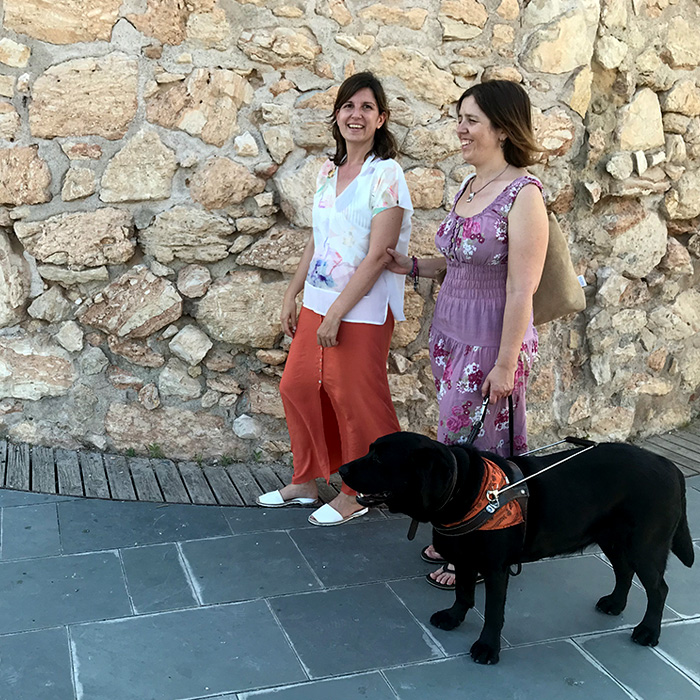
– Advise and train in accessibility.
– Design and write accessibility plans.
– Perform evaluations of activities for the audience with specific needs.
– AFTER –
The following projects are examples of cost-effective daily practice transformation of different types of museums:
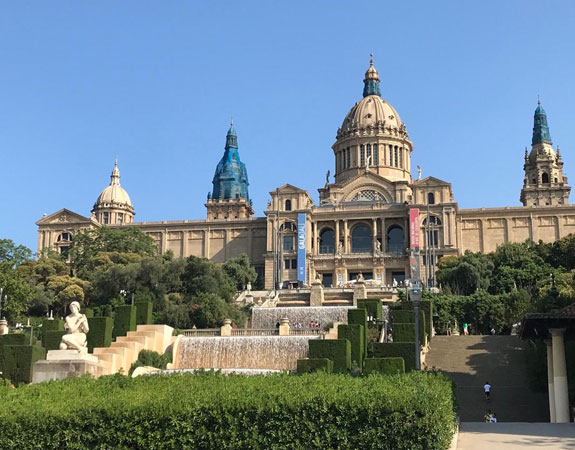
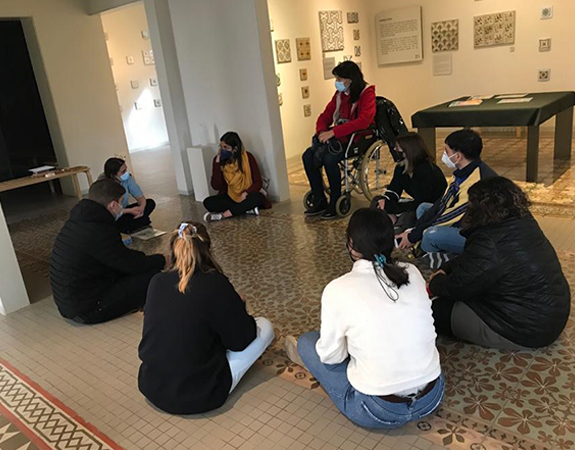
What I did: Training to raise awareness of the importance of the local heritage as a central element of collective identity and social inclusion.
Audience: Young people (Secondary Education and Baccalaureate).
Outcomes: Proposals for the inclusive interpretation of heritage as a result of participatory group dynamics and 3D printing activities.
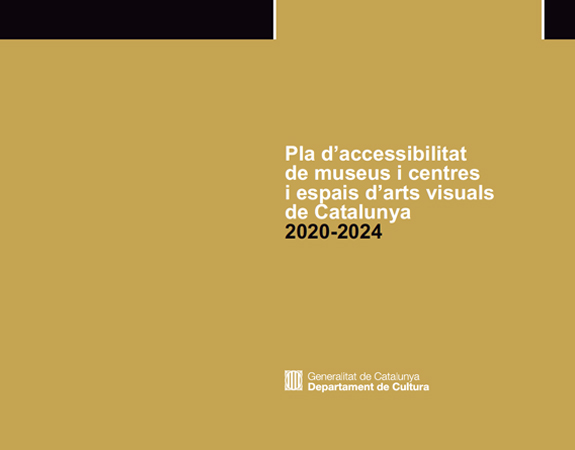
What I did: Assist in the elaboration and drafting of the Accessibility Plan for Museums, Centers and Visual Art Spaces.
Audience: Professionals from museums of Catalonia.
Outcomes: Reference plan for the universal accessibility of cultural equipments in Catalonia.
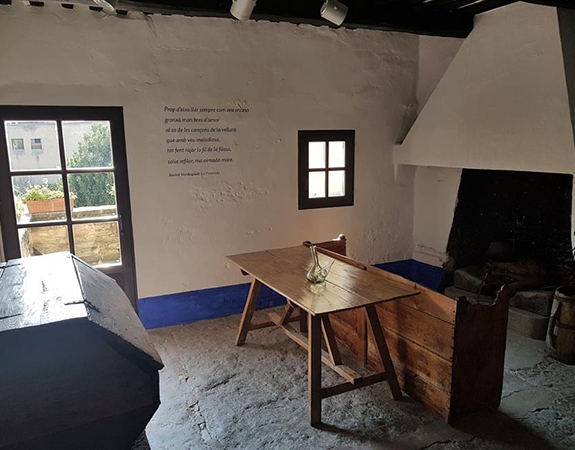
What I did: Advise, training and evaluation of the museum’s education offer.
Audience: Museum educators and director.
Outcomes: Identification of the skills set developed in the museum’s activities. Improvement of the museum’s website presentation of education activities.
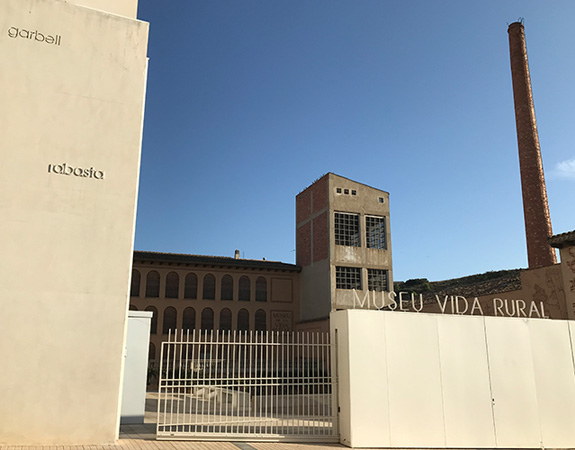
What I did: Support museums in educational projects, accessibility projects, evaluation, and audience dynamization.
Audience: Museum educators, technicians, and directors.
Outcomes: Analysis of the activity “Discover a flour mill” through a non-participant observation to check if skills set were developed (Cambrils History Museum), design of a leaflet to present educational activities in a more attractive way (Tortosa Museum), training the teaching staff of “A museum in the classroom” program (Museum if Rural Life) and review of the “School friend” program (Terres de l’Ebre Museum).
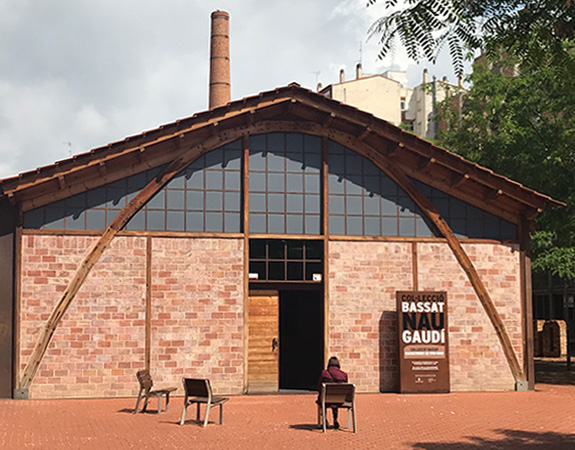
What I did: Evaluation of Antoni Gaudi’s heritage through observation of an educational activity in each of the centres of the Gaudi Council that have a school program (Cripta de la Colònia Güell, Gaudí Centre (Reus), La Pedrera, Nau Gaudí, Palau Güell, Park Güell i Basílica de la Sagrada Família).
Audience: Students, teachers and educators.
Outcomes: Harmonization of the educational offer of the different Gaudi Council centres.

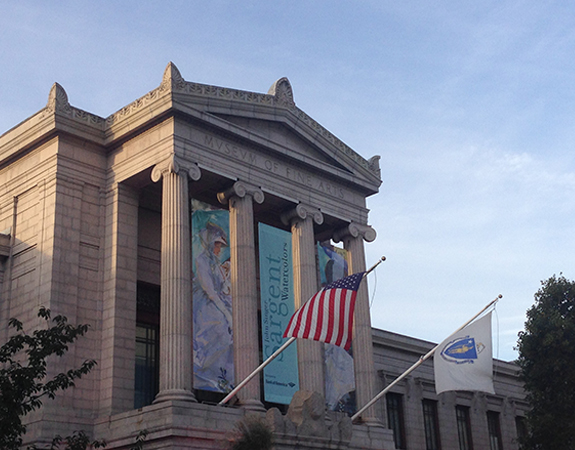
– ABOUT ME –
PhD in Psychology and Masters in Cultural Production and Communication, specialized in evaluation studies and accessibility projects in museums. During ten years of experience, I have worked locally and internationally (Boston and the surrounding area), where I have been able to learn and collaborate with visitor studies companies in both private and public sectors. I have also advised on different types of museums (large and small) and carried out different types of evaluation projects (front-end, formative, and summative).
I have provided support and tools for improving accessibility in museums, not only physical, but also accessibility in communication and at the sociocultural level. I am passionate about learning every day from the local and international consultative working groups of which I am member: Museums and accessibility group (Barcelona) and Foro de Estudios de Públicos (México).
© Andrea Granell 2021 all rights reserved. • Web design Agència El Corriol • Legal • Privacy policy • Cookies policy
Aquest lloc web fa servir galetes per tenir una millor experiència d’usuari. Si vols saber-ne més pots llegir la nostra política de galetes i de privadesa.